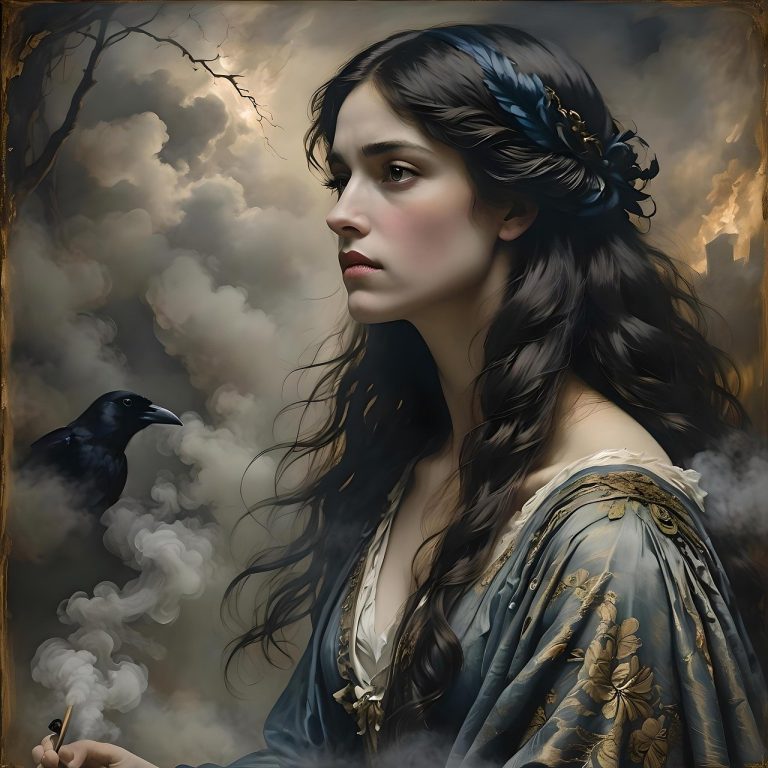
Welcome to the world of medieval witchcraft, a realm steeped in mystery and intrigue. In this post, we’ll delve into the history, mythology, and practices surrounding witches during the Middle Ages, while also addressing common misconceptions and providing guidance for beginners.
History and Mythology Surrounding Witches During the Middle Ages
The concept of witches as evil sorceresses emerged during the Middle Ages (circa 500-1500 CE). This period saw a rise in Christianity’s influence, leading to increased persecution of those deemed “other” or “pagan.” The term “witchcraft” originated from the Old English word “wiccan,” meaning “to bend or shape.”
Medieval witches were often associated with paganism, heresy, and devil worship. This negative portrayal was fueled by Christian texts like the Malleus Maleficarum (The Hammer of Witches), written in 1486 CE.
Common Misconceptions About Medieval Witchcraft
- Witches didn’t exist: While there were certainly people accused of witchcraft during this period, it’s essential to distinguish between historical records and fictional portrayals.
- All witches were evil: Many medieval witches practiced benevolent magic for the greater good or as part of their daily lives.
- Medieval witches worshipped Satan: There is no evidence to support widespread devil worship among medieval witches.
Working with Magical Herbs and Plants
Many magical plants and herbs have been used throughout history, including:
- Mandrake root: Associated with protection, healing, and divination
- Wormwood: Used for purification, banishing negative energies, and warding off evil spirits
When working with these plants, remember to:
- Research their properties and uses thoroughly
- Handle them respectfully and sustainably
- Use them in moderation and within the context of your personal practice
Basic Spells and Rituals for Beginners
- Simple Protection Spell: Burn a small amount of sage or sweetgrass to purify your space.
- Moon Phase Meditation: Connect with the energy of the full moon by meditating under its light.
Remember, magic is not just about waving wands or reciting incantations – it’s an expression of intention and connection with the world around you.
Respecting Cultural Heritage and Avoiding Appropriation
As we explore medieval witchcraft, it’s crucial to:
- Acknowledge the cultural heritage and historical context surrounding these practices
- Respect the original cultures that developed them
- Avoid appropriating or commercializing traditional practices without proper understanding and permission
In one of our next posts, we’ll delve deeper into the world of medieval witchcraft, exploring specific spells, rituals, and magical techniques. Stay tuned!